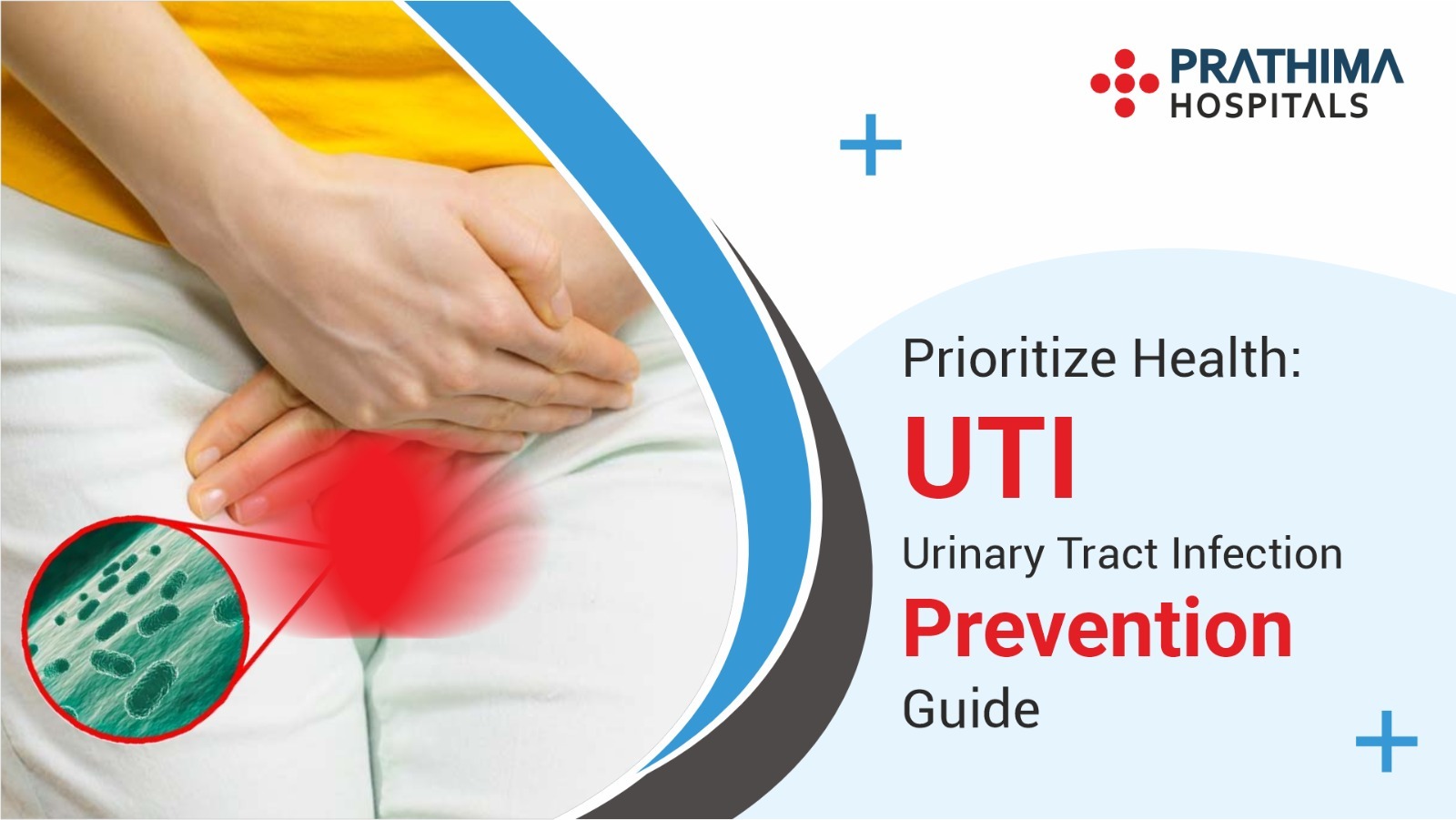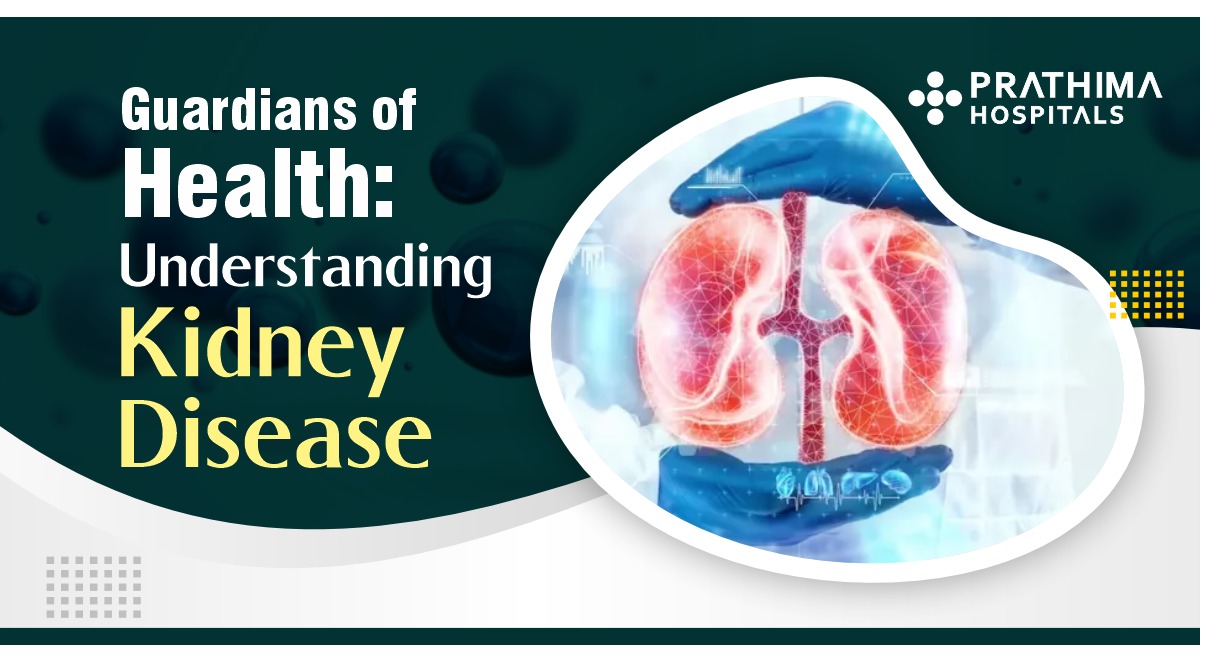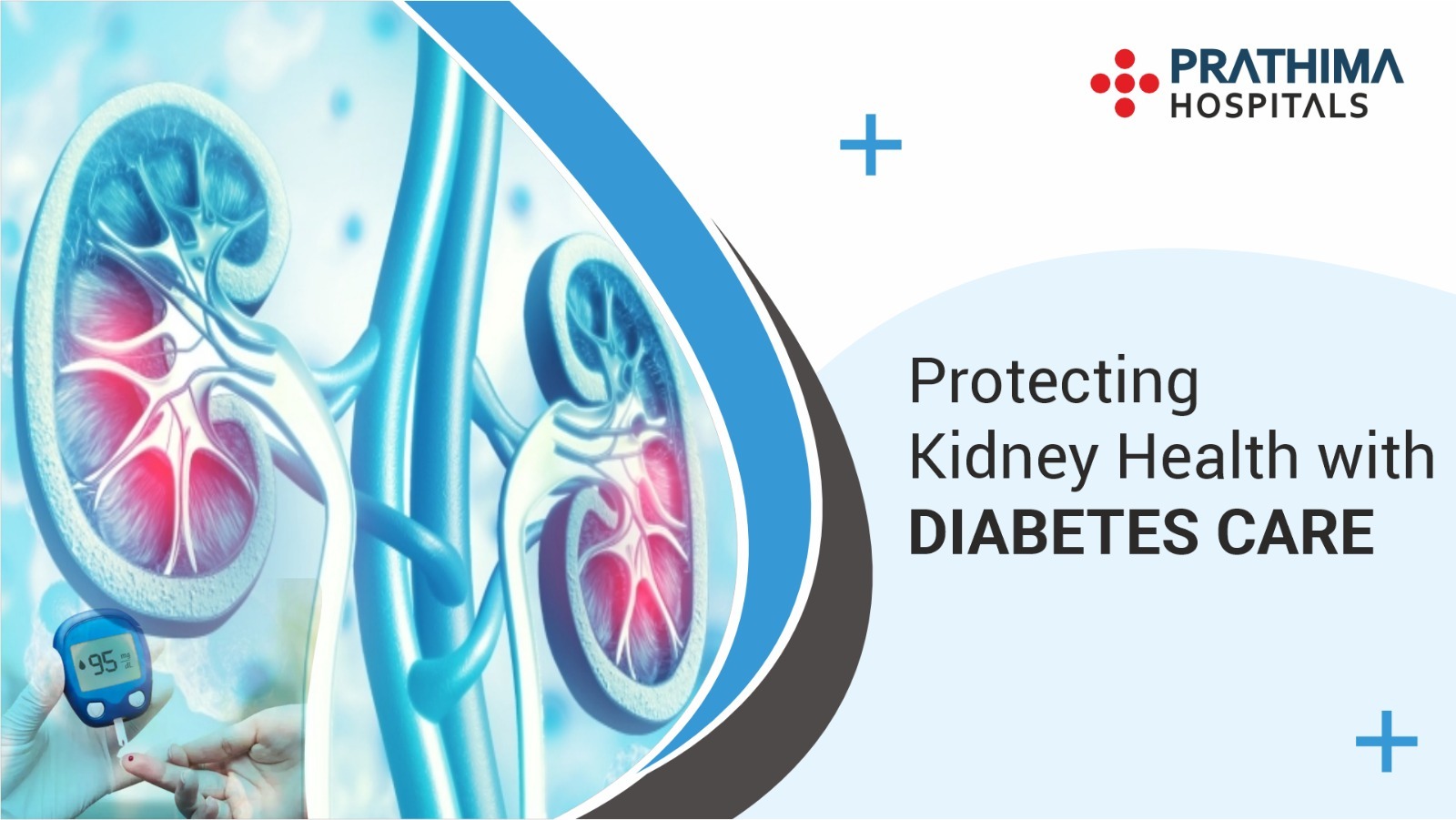Advancements and Latest Techniques of Lung Surgery!

Lung Surgery Advancements and Techniques
Introduction:
Lung surgery, also known as pulmonary surgery or thoracic surgery, is a specialized field that involves surgical interventions to treat various lung conditions and diseases. As per Pulmonologist in Hyderabad, over the years, lung surgery has evolved significantly, thanks to advancements in medical technology and surgical techniques. This article provides a comprehensive overview of lung surgery, including its historical background, common indications, surgical approaches, and innovative advancements.
Historical Background:
The history of lung surgery dates back to ancient times, with evidence of surgical procedures found in ancient Egypt and Greece. However, significant progress was made in the 20th century when breakthroughs in anaesthesia, surgical techniques, and antibiotics revolutionized the field.
Common Indications for Lung Surgery:
Lung surgery is performed to diagnose, treat, and manage various lung conditions. The most common indications for lung surgery as per Pulmonologist in Hyderabad include lung cancer, pulmonary nodules, infections (such as tuberculosis), chronic obstructive pulmonary disease (COPD), emphysema, pneumothorax (collapsed lung), and lung transplantation. Additionally, lung surgery plays a crucial role in the staging and treatment of lung cancer, which remains one of the leading causes of cancer-related deaths worldwide.
Surgical Approaches in Lung Surgery as per Pulmonologist in Kukatpally
Lung surgery employs different surgical approaches, depending on the specific condition being treated. The most common approaches include:
Thoracotomy: Thoracotomy is the traditional and most invasive approach to lung surgery. It involves creating a large incision in the chest wall, usually along the side or back, to access the thoracic cavity. The incision allows the surgeon direct visualization and access to the lungs, allowing for complex procedures to be performed. Thoracotomy provides excellent exposure and access to the surgical site, enabling the removal of large tumours, lobectomies (removal of a lung lobe), pneumonectomies (removal of an entire lung), and other extensive lung surgeries. However, this approach is associated with more postoperative pain, longer hospital stays, and a longer recovery period compared to minimally invasive techniques.
Video-Assisted Thoracoscopic Surgery (VATS): Video-Assisted Thoracoscopic Surgery (VATS) is a Minimal Access Surgery in Kukatpally that has gained popularity in lung surgery. It involves making small incisions (usually 2-4) in the chest wall, through which a video camera and specialized instruments are inserted. The camera provides a magnified view of the surgical site on a monitor, allowing the surgeon to visualize and perform the procedure with precision. VATS is commonly used for lung biopsies, wedge resections (removal of a small portion of lung tissue), lobectomies, and other lung surgeries. This approach offers several advantages over thoracotomy, including reduced postoperative pain, shorter hospital stays, faster recovery, decreased blood loss, and improved cosmetic outcomes. VATS is particularly suitable for early-stage lung cancers and certain benign lung conditions.
Robotic-Assisted Thoracic Surgery (RATS): Robotic-Assisted Thoracic Surgery (RATS) represents a cutting-edge approach to lung surgery. It combines the benefits of minimally invasive surgery with enhanced precision and dexterity provided by robotic technology. In RATS, the surgeon operates from a console, controlling robotic arms that hold and manipulate specialized surgical instruments. Through the robotic system, the instruments inside the chest can be precisely moved by the surgeon’s hand movements. This approach offers three-dimensional high-definition visualization, filtering of tremors, and improved manoeuvrability. RATS is particularly advantageous for complex lung surgeries, such as lobectomies, mediastinal tumour resections, and surgery in hard-to-reach areas. The benefits of RATS include reduced blood loss, decreased postoperative pain, shorter hospital stays, faster recovery, and improved preservation of healthy lung tissue.
Minithoracotomy: Minithoracotomy, also known as mini-thoracotomy or limited thoracotomy, is a modified version of the traditional thoracotomy that aims to reduce the invasiveness of the procedure. It involves making a smaller incision compared to thoracotomy, typically between the ribs, to access the thoracic cavity. Minithoracotomy provides a compromise between the invasiveness of thoracotomy and the advantages of minimally invasive approaches like VATS and RATS. It allows for good exposure and access to the lungs, enabling the performance of various lung surgeries while potentially offering reduced postoperative pain and shorter recovery time compared to thoracotomy.
Transbronchial Approaches: Transbronchial approaches are utilized for certain lung surgeries that do not require direct access to the thoracic cavity. These approaches involve using specialized instruments passed through the bronchial tubes to reach the targeted area within the lungs. Transbronchial techniques are commonly used for diagnostic purposes, such as transbronchial biopsy, where a small sample of lung tissue is obtained for examination. These approaches are less invasive than thoracotomy or VATS, as they are performed through the bronchial tubes, eliminating the need for chest incisions. They are generally associated with shorter recovery times and reduced postoperative pain.
Combined Approaches: In certain cases, a combination of surgical approaches may be employed to achieve optimal results. For example, some complex lung surgeries may require a combination of VATS or RATS along with a small thoracotomy to allow for better access and manoeuvrability. This combined approach enables the surgeon to perform intricate procedures while minimizing invasiveness and maximizing patient outcomes.
Innovative Advancements in Lung Surgery:
Advancements in technology have played a pivotal role in transforming the field of lung surgery. These innovative techniques and tools have led to significant improvements in surgical outcomes, patient comfort, and recovery. Let’s delve into the details of some of the notable advancements in lung surgery.
Video-Assisted Thoracoscopic Surgery (VATS): Video-Assisted Thoracoscopic Surgery (VATS) has revolutionized lung surgery by allowing surgeons to perform complex procedures with minimal invasiveness. This technique involves making small incisions in the chest wall and inserting a video camera and specialized surgical instruments. The camera provides a magnified view of the surgical site on a monitor, enabling the surgeon to visualize and manipulate the lungs and surrounding structures with precision. VATS offers several benefits, including reduced postoperative pain, shorter hospital stays, faster recovery, and improved cosmetic outcomes compared to traditional open thoracotomy. It is commonly used for procedures such as lung biopsies, lobectomies, and wedge resections.
Robotic-Assisted Thoracic Surgery (RATS): Robotic-Assisted Thoracic Surgery (RATS) represents a significant advancement in lung surgery. This technique employs robotic arms controlled by the surgeon to perform intricate procedures with enhanced precision, dexterity, and visualization. The surgeon operates from a console, manipulating the robotic arms with hand and foot controls. The robotic system provides 3D high-definition visualization and filters the surgeon’s hand movements to eliminate tremors, resulting in greater accuracy. RATS offers several advantages, including reduced blood loss, decreased postoperative pain, faster recovery, and improved preservation of healthy lung tissue. It is particularly beneficial for complex surgeries, such as lung lobectomies and mediastinal tumour resections.
Image-Guided Surgery: Advanced imaging techniques have transformed the way lung surgeries are planned and executed. Computed tomography (CT) scans, magnetic resonance imaging (MRI), and positron emission tomography (PET) scans provide detailed preoperative information about the tumour’s location, size, and proximity to vital structures. Surgeons can use these images to create a virtual 3D model of the patient’s lung, aiding in surgical planning and simulation. During surgery, real-time navigation systems integrate these images with intraoperative video, allowing surgeons to precisely locate and target tumours. This image-guided approach enhances surgical accuracy, reduces the risk of complications, and improves overall outcomes.
Video-Assisted Navigation: Video-Assisted Navigation combines the benefits of VATS with real-time image guidance. This innovative technology allows surgeons to visualize the surgical site using a video camera and overlay the patient’s preoperative imaging, creating a virtual roadmap. Surgeons can accurately navigate to the tumour or lesion, ensuring precise localization and resection. Video-assisted navigation facilitates minimally invasive procedures, reduces surgical trauma, and minimizes the risk of damaging healthy lung tissue. It is particularly useful in challenging cases where tumours are difficult to locate or when multiple lesions require removal.
Radiofrequency Ablation (RFA): Radiofrequency Ablation (RFA) is a minimally invasive technique used to treat early-stage lung cancer and pulmonary metastases. It involves the insertion of a thin needle into the tumour, which emits high-frequency radio waves to heat and destroy cancer cells. RFA is often performed under image guidance, such as CT or ultrasound, to ensure accurate targeting of the tumour. This technique offers several advantages, including minimal invasiveness, shorter recovery times, and preservation of lung function. RFA is particularly suitable for patients who cannot undergo surgery due to medical comorbidities or when the tumour is not amenable to surgical resection.
Stereotactic Body Radiation Therapy (SBRT): Stereotactic Body Radiation Therapy (SBRT), also known as stereotactic ablative radiotherapy (SABR), is a non-surgical treatment option for early-stage lung cancer or patients who are not suitable candidates for surgery. SBRT delivers high doses of radiation with pinpoint accuracy to the tumour while sparing surrounding healthy tissues. It utilizes advanced imaging techniques, such as CT scans and PET scans, to precisely locate and target the tumour. SBRT is typically delivered in a few high-dose fractions over a short period, usually one to five treatments. This focused radiation therapy destroys cancer cells while minimizing damage to healthy lung tissue. SBRT offers excellent tumour control rates and has shown comparable outcomes to surgical resection for early-stage lung cancer.
Lung Transplantation: Lung transplantation is a life-saving procedure for patients with end-stage lung diseases, including cystic fibrosis, idiopathic pulmonary fibrosis, and chronic obstructive pulmonary disease (COPD). Advances in surgical techniques, organ preservation, and post-transplant care have significantly improved outcomes and survival rates for lung transplant recipients. The transplantation procedure involves the removal of the diseased lungs and the transplantation of healthy donor lungs. Lung transplantation can be performed either through a traditional open approach or minimally invasive techniques, such as VATS or RATS, depending on the specific case. Improved donor selection, preservation methods, and immunosuppressive medications have contributed to better long-term outcomes and increased the eligibility of patients for lung transplantation.
Conclusion:
As per the Pulmonologist in Hyderabad, lung surgery has witnessed remarkable advancements over the years, leading to improved patient outcomes and quality of life. From the early days of thoracotomy to the current era of minimally invasive techniques and robotic assistance, lung surgery has evolved to offer less invasive approaches, reduced morbidity, and faster recovery times. Innovations in imaging, navigation, and ablation technologies have further enhanced surgical precision, enabling surgeons to provide optimal treatment for lung conditions.
However, it is important to note that lung surgery is a complex procedure that requires a multidisciplinary approach involving surgeons, radiologists, anesthesiologists, and other healthcare professionals. Each case must be carefully evaluated to determine the most appropriate surgical approach, taking into consideration the patient’s overall health, tumour characteristics, and treatment goals.
As research and technology continue to advance, we can expect further refinements in lung surgery techniques and the emergence of novel treatment modalities. These advancements hold the promise of improving patient outcomes, expanding the pool of eligible candidates for surgery, and ultimately reducing the burden of lung diseases worldwide.
.
.
.
.
For more details :
📞:: 733 733 6600 | 040 4345 4345
🌐:: https://prathimahospitals.com/book-appointment/





